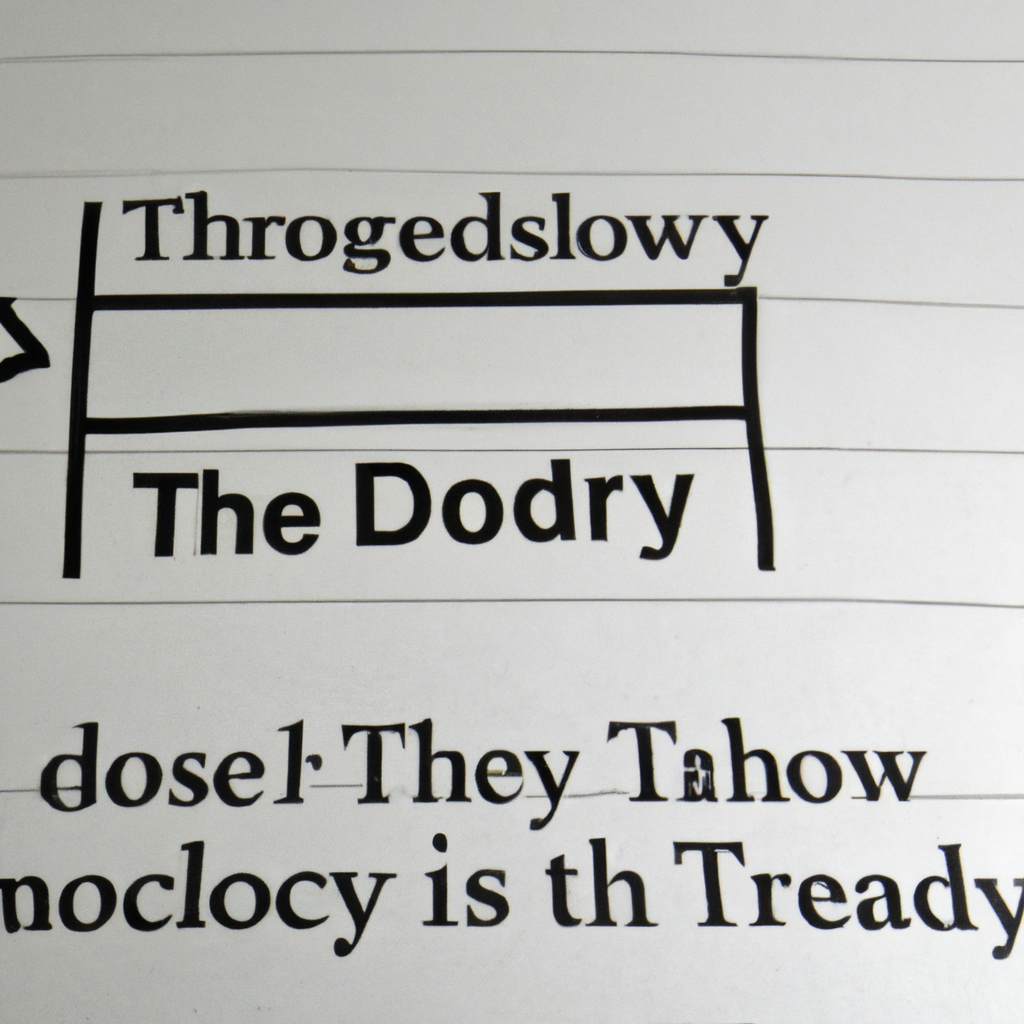Understanding Dow Theory in Market Forecasting
When it comes to predicting market trends and making informed investment decisions, many traders and analysts turn to Dow Theory. Developed by Charles Dow, the founder of the Wall Street Journal, this theory has stood the test of time and continues to be a valuable tool for market forecasting.
Key Principles of Dow Theory
The Dow Theory is based on several key principles that help investors understand the underlying trends in the market. These principles include:
- Market Discounts Everything: According to Dow Theory, all information and news that could affect the market is already reflected in stock prices.
- Market Trends Have Three Phases: Dow believed that market trends consist of three phases – the accumulation phase, the public participation phase, and the distribution phase.
- Market Indexes Confirm Each Other: Dow Theory suggests that major market indexes, such as the Dow Jones Industrial Average and the Dow Jones Transportation Average, should confirm each other’s movements to validate a trend.
Using Dow Theory for Market Forecasting
Traders and analysts use Dow Theory to forecast market trends by analyzing the movements of major market indexes and identifying key patterns and signals. Here are some steps to effectively use Dow Theory for market forecasting:
- Identify the Primary Trend: The first step in using Dow Theory is to identify the primary trend of the market. This can be done by analyzing the movements of major market indexes over a longer period of time.
- Confirm the Trend: Once the primary trend is identified, it is important to confirm the trend by looking for signals and patterns that validate the direction of the market.
- Watch for Reversal Signals: Dow Theory also helps traders identify potential reversals in the market by looking for key signals, such as divergence between market indexes or significant changes in trading volume.
- Use Technical Analysis: In addition to Dow Theory, traders can use technical analysis tools, such as moving averages and trend lines, to further validate market trends and make informed investment decisions.
Conclusion
Overall, Dow Theory remains a valuable tool for market forecasting and can help traders and analysts make informed decisions in an ever-changing market environment. By understanding the key principles of Dow Theory and following a systematic approach to analyzing market trends, investors can increase their chances of success in the market.


